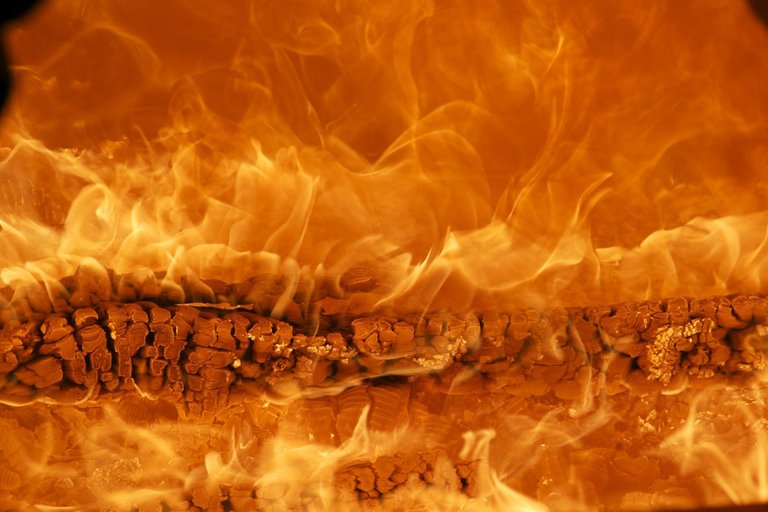High-Energy Radiation May Be Coming From Sleeping Black Holes
The Universe is full of “soft” megaelectronvolt gamma radiation and high-energy neutrinos. But their sources are still a mystery to us. A Japanese team proposes they could be coming from sleeping supermassive black holes.

Image by adrian schüpbach from Pixabay
- Be also sure to check out my other posts and follow me @kralizec and subscribe to my Youtube channel at Kralizec Gaming Youtube Channel
The Universe seems to be filled with gamma-photons at MeV energies and neutrinos at PeV energies. The origin of these high-energy particles still remains a mystery to us. Even though we are trying hard to uncover it. These particles aren’t even that rare in the Universe. It’s most likely coming from natural particle accelerators such as supernovae or black holes.
Yet, if we account for these high-energy particle sources we are still left with a lot of gamma-radiation at lower energies such as the previously mentioned gamma-photons and high-energy neutrinos. Shigeo Kimura from the Japanese Tohoku University and his colleagues propose that these high-energy particles are coming from an unexpected source – supermassive black holes that aren’t highly active but they also aren’t completely inactive either.
A highly active supermassive black hole that is hungrily swallowing matter is hard to miss. It shines brighter than its whole galaxy and can be seen at truly astonishing distances throughout the whole electromagnetic spectrum. But not all supermassive black holes are this active. For example, our own supermassive black hole is more akin to a sleepy panda than a raging tiger with a singularity at heart.
According to Kimura’s team the MeV gamma-radiation and neutrinos that fill the Universe come from supermassive black holes that are active but not so much to make them visible in our telescopes. When such drowsy black holes eat a little bit of matter they still create a plasma with a temperature of several billion degrees.
Such plasma is capable of generating MeV gamma-radiation. And it does accelerate protons to such a degree that high-energy neutrinos are created when they interact with other particles. So, according to the Japanese team, drowsy black holes are a prime candidate for a major source of high-energy background radiation.
Sources:
- If you like the content I’m producing about science maybe you will like the content I produce about gaming as well! Be sure to check out my other posts!